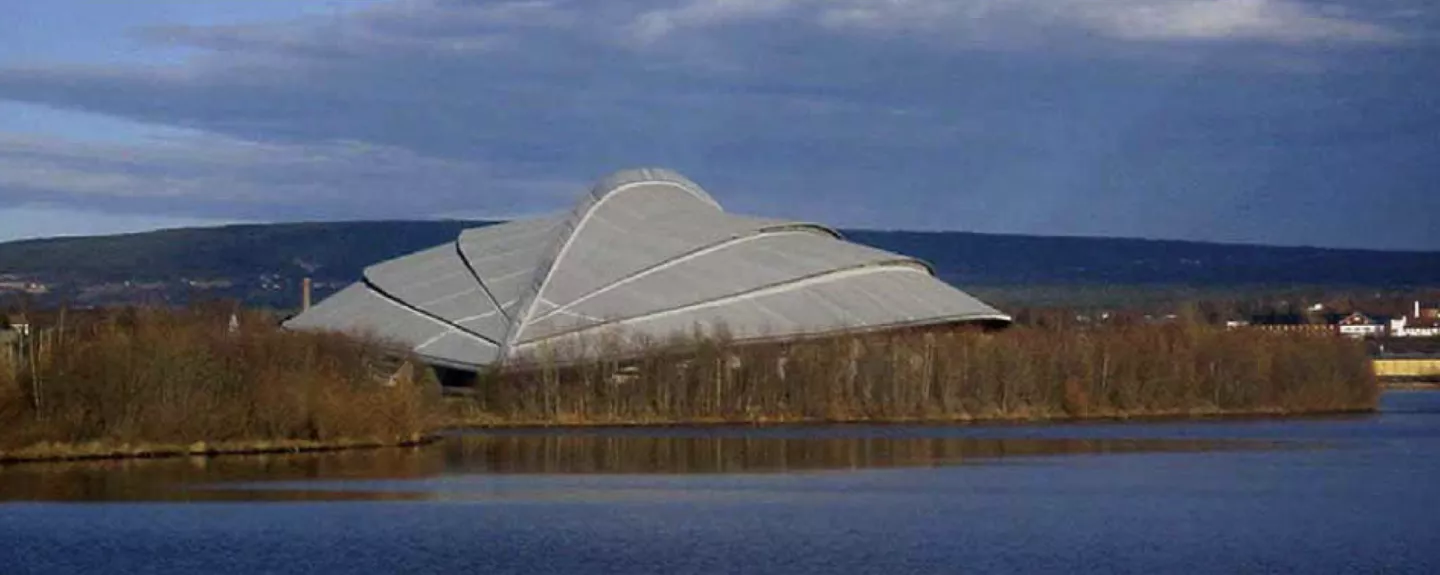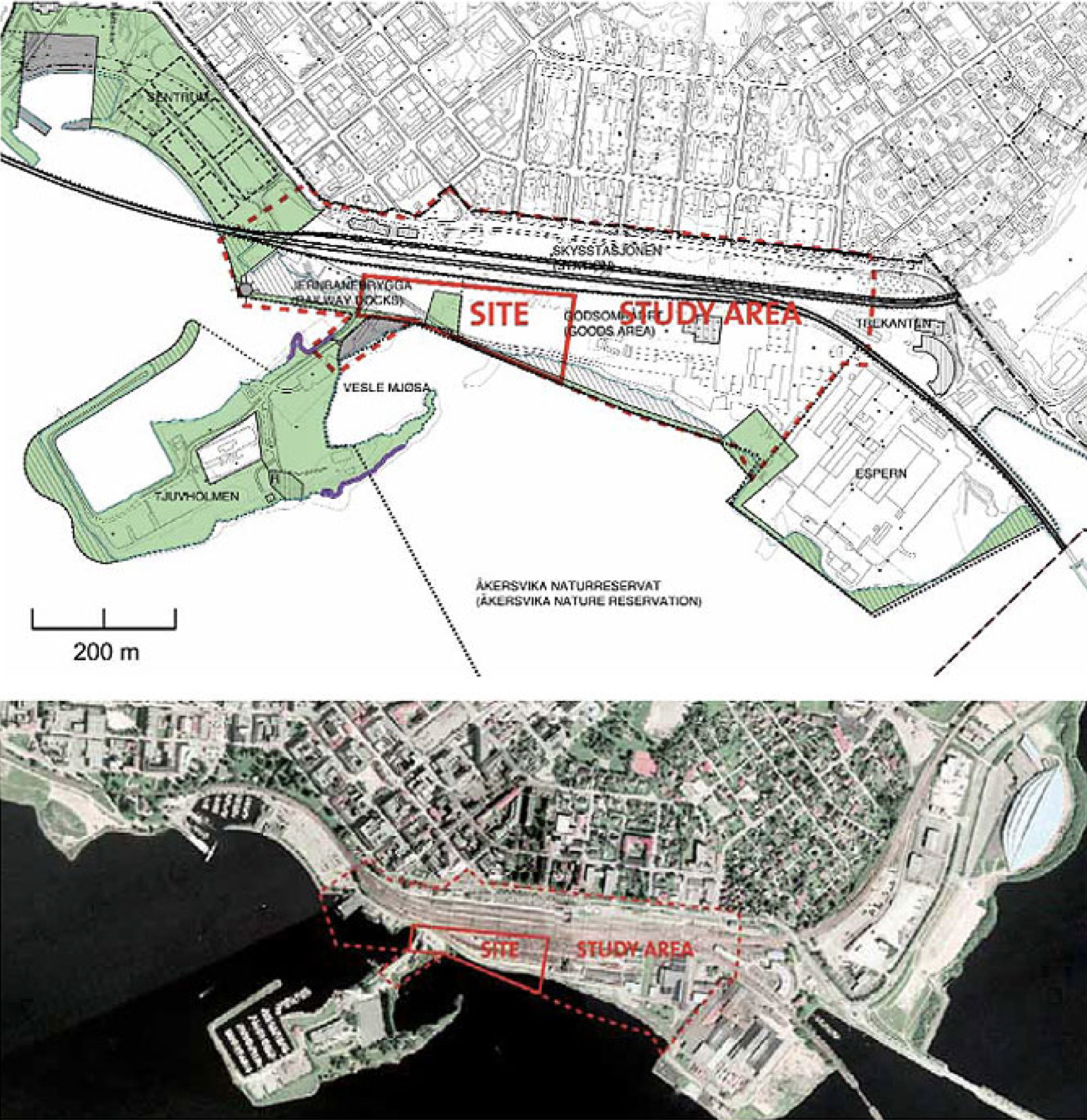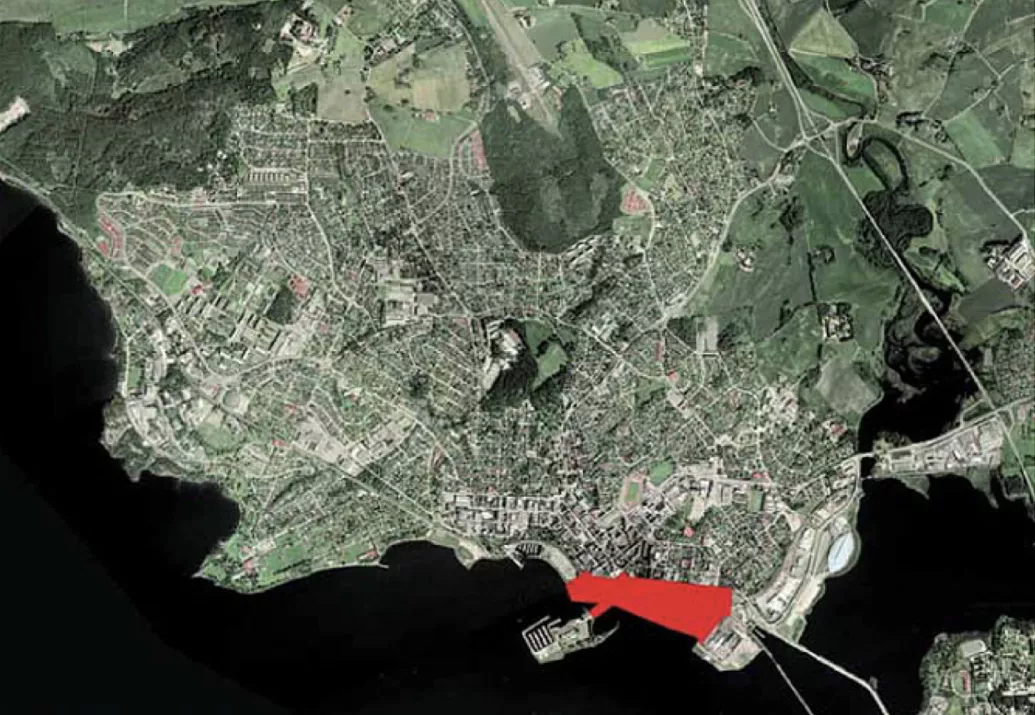Hamar

About
TOPIC
The main task is to connect the city of Hamar to the lake Mjøsa, and to complete the missing link in the sequence of recreational waterfront spaces. The site consists of partially released railway and goods station areas that border on Mjøsa, Norway's largest lake. The city has adopted a master plan for the area, planning to develop an urban polarity related to science and research, but the roles of the waterfront and the existing city needs to be discussed further. A central question, for the candidates are asked to investigate the right balance between open and built spaces, defining the first step of a long- term sustainable development strategy. Accessibility and programs for new public spaces must be conceived already in an early development phase, giving priority to soft mobilities.
CONURBATION
Hamar represents the "inland capital" of Norway and the functional centre for more than 70.000 people, with strong growth of several professional sectors and research, especially related to IT and service. It lies 90 minutes train ride from Oslo and 30 minutes from Norway's primary airport. The city centre is concentrated in a grid structure with mostly entertainment and small-scale retail, services, institutions and offices.
Shopping centers and detached housing are located in the outskirts. The territorial policy is to urbanize within existing urban structures. By taking part in Europan, both city and developers wish to discuss development of the study area in relation to the city centre, and to continue their tradition for promoting modern architecture of high quality. Several architectural landmarks are integrated in the urban grid and in the nature and recreational areas along the seafront.
SITE
The site is the proposed area for initial projects. Within the study area, most of the railway tracks will be removed. The soil itself is polluted. Some storage buildings have heritage value and can be rehabilitated for new uses. Passenger trains will still stop by the station, which together with the bus and taxi station located nearby, offers good connectivity to the users. The rail and road infrastructures act as a barrier between the site and the city, but can be crossed by using existing pedestrian passageways and footbridges. These accesses are aligned with the city grid and sightlines to the lake. The waterfront itself consists of filled out mass and the water level differs 4-5 meters between summer and winter.

Task
PROGRAMME
Hamar has a unique electronic infrastructure due to the hosting of the Winter Olympic Games of 1994, a strong research milieu and ambitions to become a university city. There is a national ambition to develop an international centre for nano-. bio- and geno-technology in Hamar. Most of these functions (about 2-5000 m2 in an initial phase), along with housing (flexible housing typologies), culture, services and outdoor spaces, should be included in the initial project. The maximum overall density is 150%. A phased development strategy is required, enabling the first stage to start within few years on the site. High quality nature and public recreational spaces are a primary concern. As it is impossible to lay the railroad underground, roads and accesses must be worked out. Large, private investors are ready to play an active part in the development.
ISSUES
Social / functional
Both spatial and programmatic concepts should encourage new city functions, and interaction between a variety of future users. A new typology of social and professional urban milieu should emerge over time that interacts with the city centre in a positive way.
Sensitive
Hamar is an inland city. Opening the city to the lake while valorizing the nature, history and spatial qualities of the site is the main ambition of the city and its inhabitants. (city on the lake).
Sustainability
As many people live outside the city centre, the centre is mainly accessed by car.
Future development should promote a more sustainable mobility trend through articulation of infrastructure, as well as spatial and programmatic relationships. In a climate with cold winters and mild summers, low-energy building remains a goal.
Site facts
- Location
- City of Hamar
- Population
- 27000
- Size
- Small
- Project site
- 2.4 ha
- Prize
- Winner (12,000 euros), Runner-up (6,000 euros) and Special Mention (no reward)







